Talk Overview
Magdalena Bezanilla’s lab is interested in understanding what determines cell shape at the molecular level. In Part 1 of her talk, Bezanilla explains why the moss, Physcomitrella patens, is an excellent model system to address this question. P. patens grows quickly and entire plants can be vegetatively regenerated from single cells. The genome is sequenced and its cells undergo efficient homologous recombination- the only plant known to do this! In the filamentous tissue that establishes the plant, cells at the tips grow in a polarized manner as flexible cell wall material is incorporated and then pushed out by turgor pressure. To study the role of actin in determining cell shape, Bezanilla’s lab used a live-cell actin binding probe to label actin and imaged cell growth with fluorescence microscopy. They showed that polarized growth depended on the rapid disassembly and assembly of actin filaments; processes regulated by actin binding proteins.
Formins are a family of actin binding proteins that help to nucleate and elongate actin filaments. In Part 2 of her talk, Bezanilla describes experiments in which her lab used RNA interference to examine the role of the formin gene family in Physcomitrella. They showed that class II formins specifically are required for polarized growth and that they actively generate new actin filaments at the cell cortex and the cell tip.
In Part 3, Bezanilla examines the role of myosins in plant cell division. Thirty-five classes of myosins are known, yet, only two classes, myosins VIII and XI are found in plants. While Myosin XI is required for cell viability, myosin VIII is not. However, myosin VIII mutants have improperly positioned cell plates or cell division defects. Results from Bezanilla’s lab detail the molecular role of myosin VIII in plant cell division.
Speaker Bio
Magdalena Bezanilla
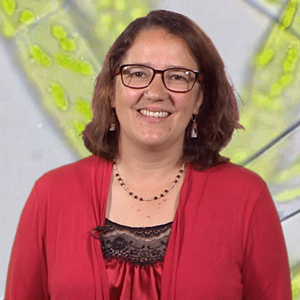
Magdalena Bezanilla’s lab investigates the role of the actin cytoskeleton in regulating cell growth and cell shape in plants. She has promoted the use of the moss Physcomitrella patens because of its ability to undergo homologous recombination, a trait that, among land plants, is unique to Physcomitrella. Her lab has developed numerous other tools that have allowed them… Continue Reading
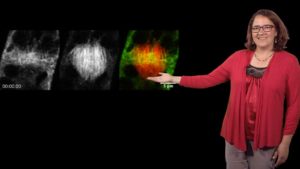
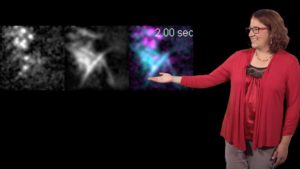

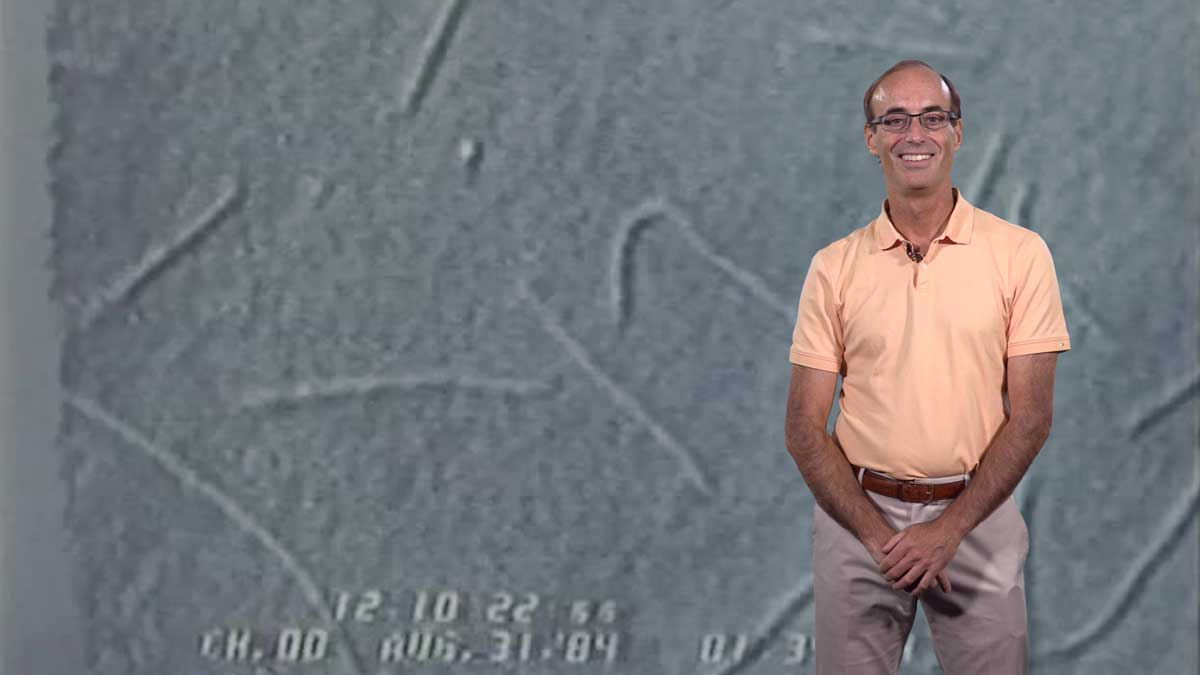

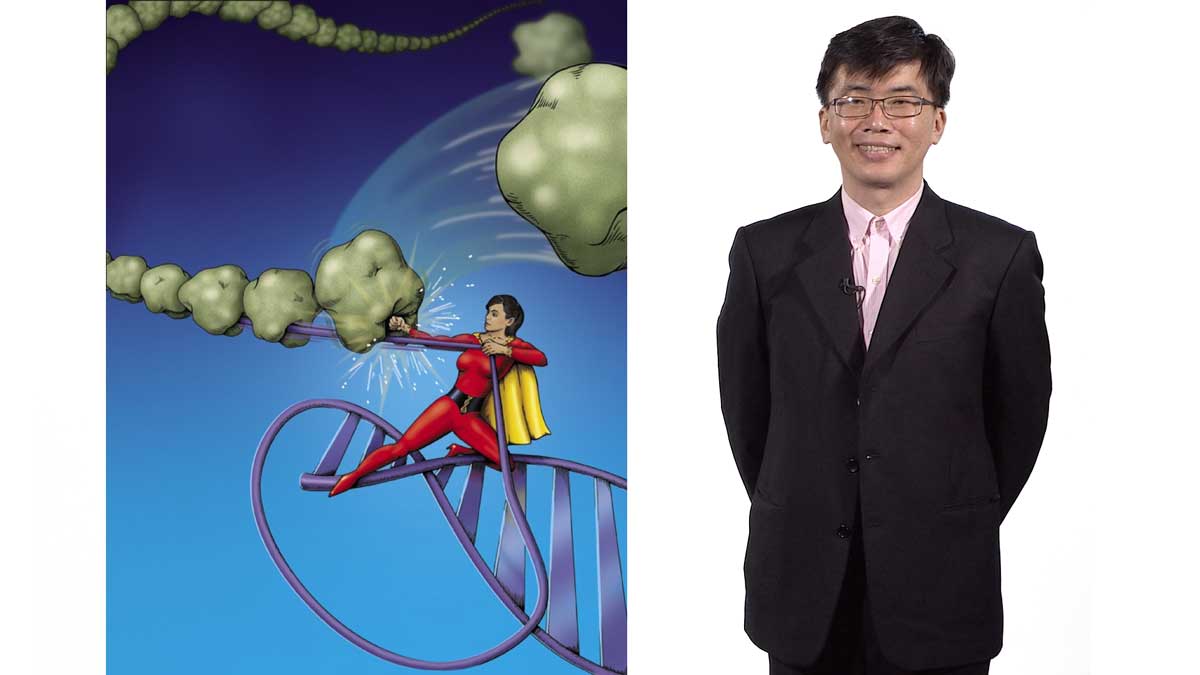





Leave a Reply